'Second only to a nuclear bomb' – the controversial arms Russia is using in Ukraine
Thermobaric bombs 'capable of vaporising human bodies' have been used against Ukraine
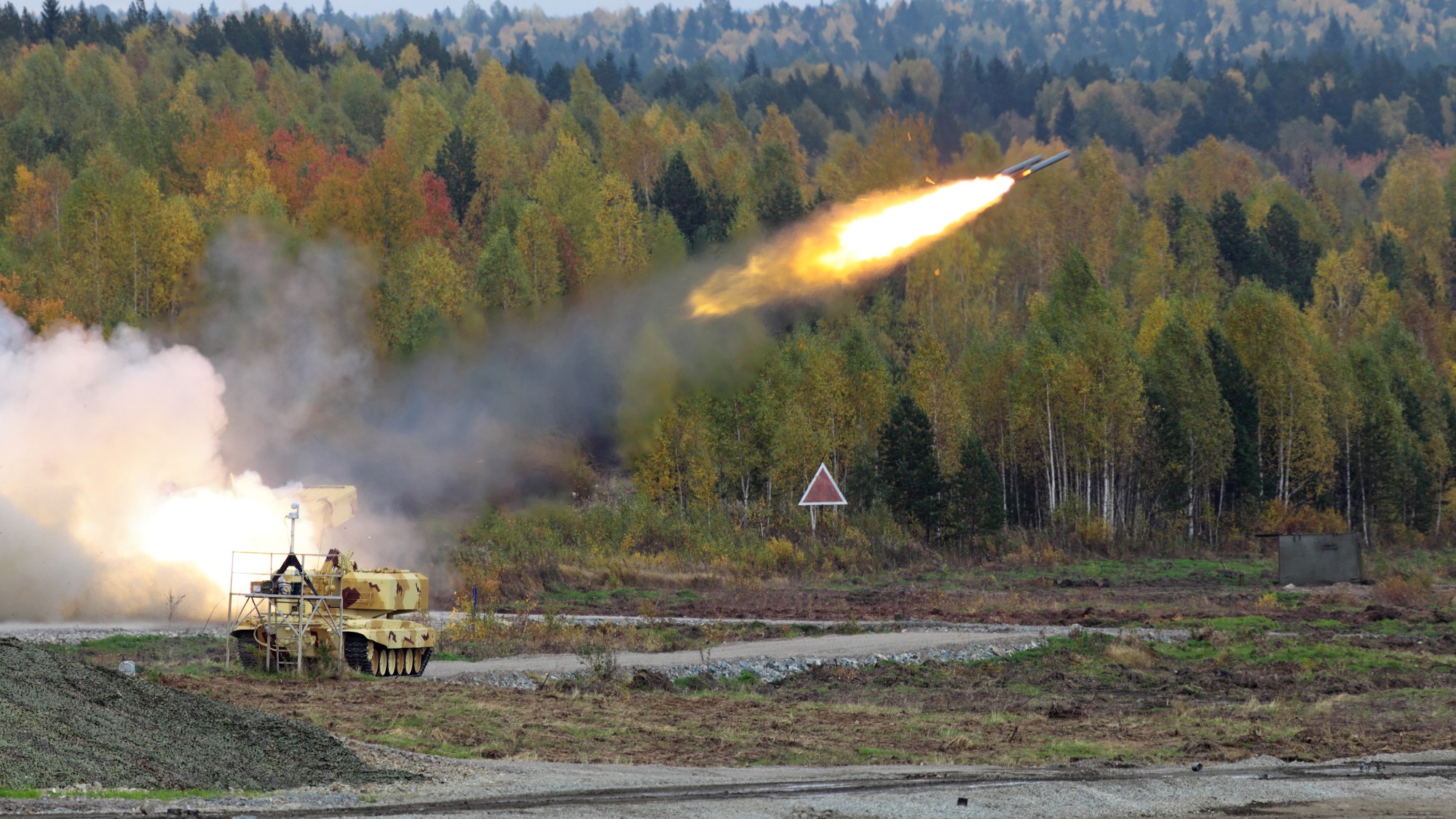
Russia has trained its navy to target sites deep inside Europe with nuclear-capable missiles if there is a conflict with Nato, according to leaked secret files.
Maps of targets as "far-flung" as Barrow-in-Furness in northwest England are included in a presentation for officers that "predates the full-scale invasion of Ukraine", which began in February 2022, said the Financial Times.
The news comes as controversy grows over some of the weapons Moscow has used during the conflict in Ukraine, including the thermobaric bomb, which produces a blast that is "second only to a nuclear bomb", said news.com.
The Week
Escape your echo chamber. Get the facts behind the news, plus analysis from multiple perspectives.

Sign up for The Week's Free Newsletters
From our morning news briefing to a weekly Good News Newsletter, get the best of The Week delivered directly to your inbox.
From our morning news briefing to a weekly Good News Newsletter, get the best of The Week delivered directly to your inbox.
What weapons are Russia using?
Moscow announced this week that it had used a thermobaric bomb against Ukrainian forces. Also known as a vacuum bomb, the missile's extra hot blast is "capable of vaporising human bodies", said Sky News. It can also kill people by making their lungs "explode", said The Sun.
Thermobaric bombs are conventional weapons in that they are not guided by satellites and can be launched as a rocket or dropped as a bomb from aircraft.
The Russians are "finally bringing to bear their heaviest firepower", said Forbes, by "lobbing powerful glide bombs" at Ukrainian troops.
Glide bombs are remote-controlled warheads that can fly towards targets over long distances. With a range of 25 miles or more, and containing "hundreds of pounds of explosives", glide bombs weigh as much as three tons and are "powerful but inaccurate", so they "pose a serious danger" to civilians. "Assuming, of course", that "the civilians themselves aren't the target".
A free daily email with the biggest news stories of the day – and the best features from TheWeek.com
"There are no words to describe the aftermath of a glide bomb attack," a Ukrainian police chief told the BBC. "You arrive to see people who are lying there, torn apart."
Moscow has also been criticised for its use of cluster munitions on the battlefield, particularly RBK-500 bombs. They contain more than 80 "bomblets", said Forces News, each of which is about the size of a hand grenade. Its shaped charge can "kill infantry", but also "penetrate" light-skinned vehicles.
Are they used elsewhere?
Thermobaric bombs are believed to have been used in Afghanistan, in different locations in the Middle East, including the Syrian Civil War, and "even in a terrorist attack in Bali, Indonesia", said European Security & Defence.
Glide bombs were devised during the First World War but didn't start to be used until the Second World War. The "widely condemned" use of cluster bombs can also be traced back to the 1939-45 conflict, said Al Jazeera.
They were used during the Vietnam War, when the US dropped 413,130 tonnes of cluster munitions. They've also been used by British armed forces in the Falklands War, Yugoslav troops during the Bosnian conflict, and in various wars in the Middle East.
What do international conventions say?
International law does not prohibit the use of thermobaric munitions against military targets and all past attempts to regulate and restrict the weapons have "failed", said news.com. However, targeting civilians with the weapons is against international law.
The legal status of glide bombs is less clear, so Russian pilots have inflicted this particular "scourge" with "impunity", said The Economist.
So far, 124 countries have signed up to the Convention on Cluster Munitions, which bans the stockpiling, use or manufacture of cluster bombs because of their indiscriminate nature and long-term humanitarian impact. Neither Russia nor Ukraine is party to the convention.
Chas Newkey-Burden has been part of The Week Digital team for more than a decade and a journalist for 25 years, starting out on the irreverent football weekly 90 Minutes, before moving to lifestyle magazines Loaded and Attitude. He was a columnist for The Big Issue and landed a world exclusive with David Beckham that became the weekly magazine’s bestselling issue. He now writes regularly for The Guardian, The Telegraph, The Independent, Metro, FourFourTwo and the i new site. He is also the author of a number of non-fiction books.
-
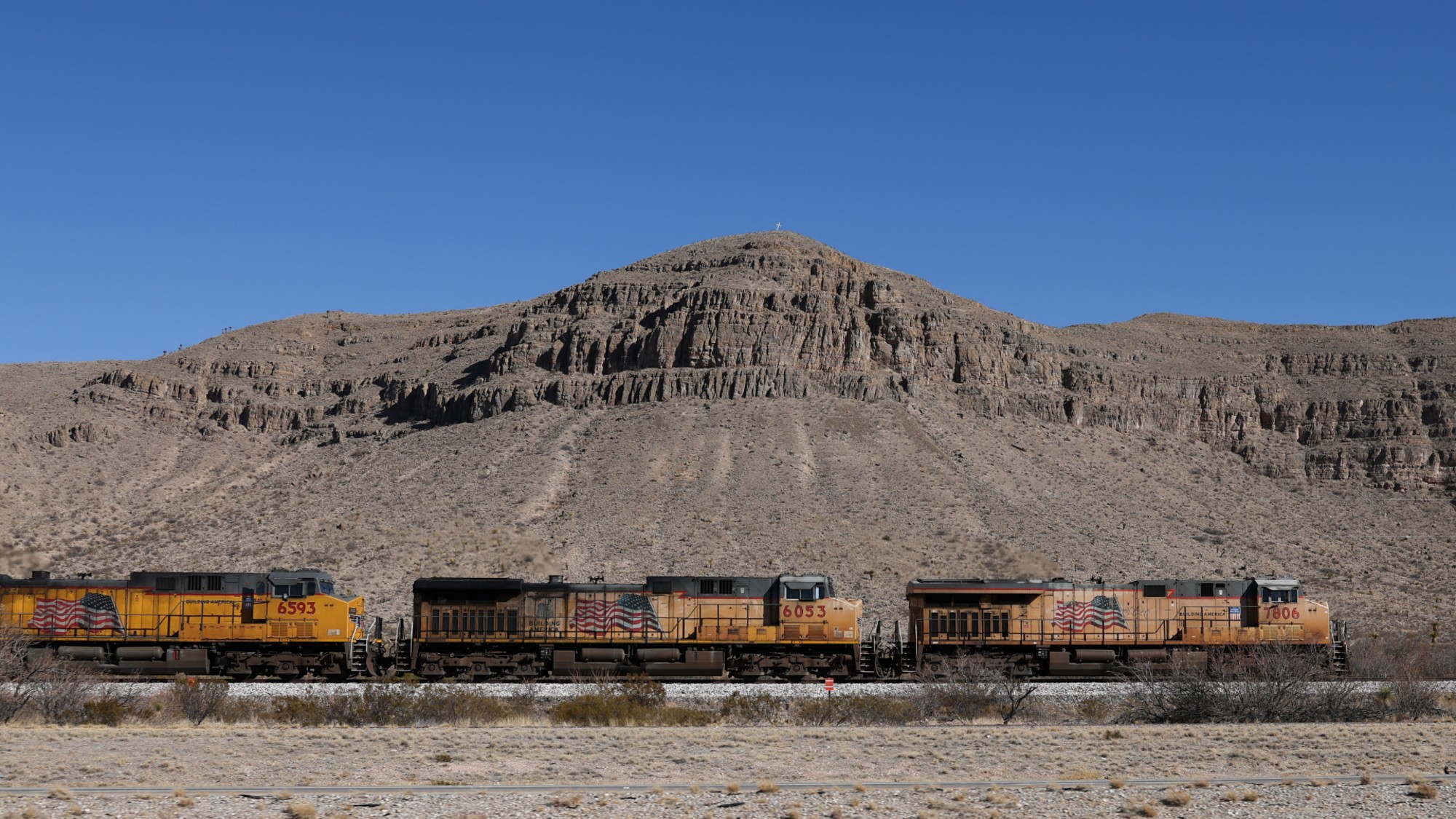 ‘If regulators nix the rail merger, supply chain inefficiency will persist’
‘If regulators nix the rail merger, supply chain inefficiency will persist’Instant Opinion Opinion, comment and editorials of the day
-
 Trump HHS slashes advised child vaccinations
Trump HHS slashes advised child vaccinationsSpeed Read In a widely condemned move, the CDC will now recommend that children get vaccinated against 11 communicable diseases, not 17
-
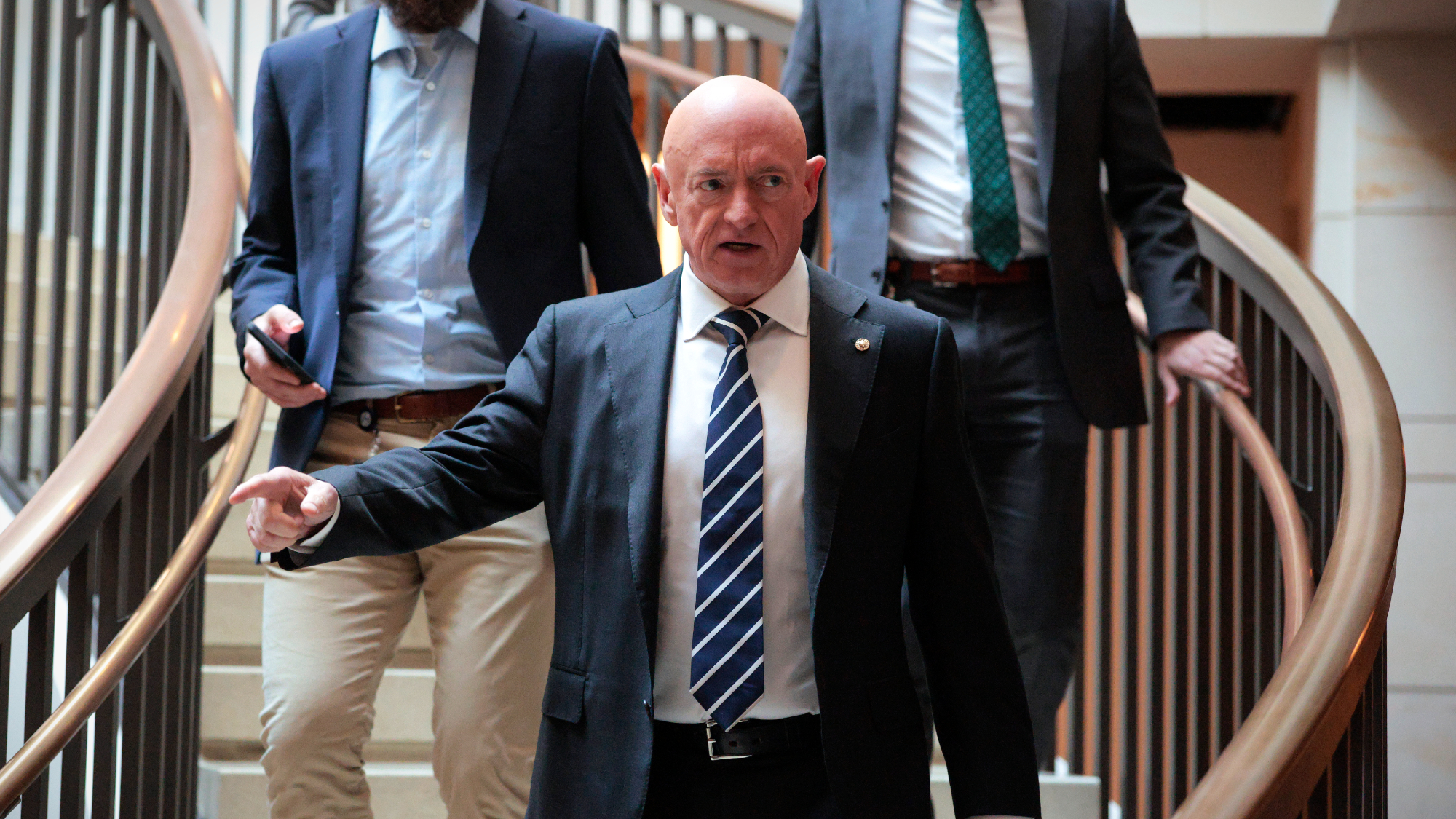 Hegseth moves to demote Sen. Kelly over video
Hegseth moves to demote Sen. Kelly over videospeed read Retired Navy fighter pilot Mark Kelly appeared in a video reminding military service members that they can ‘refuse illegal orders’
-
 Would Europe defend Greenland from US aggression?
Would Europe defend Greenland from US aggression?Today’s Big Question ‘Mildness’ of EU pushback against Trump provocation ‘illustrates the bind Europe finds itself in’
-
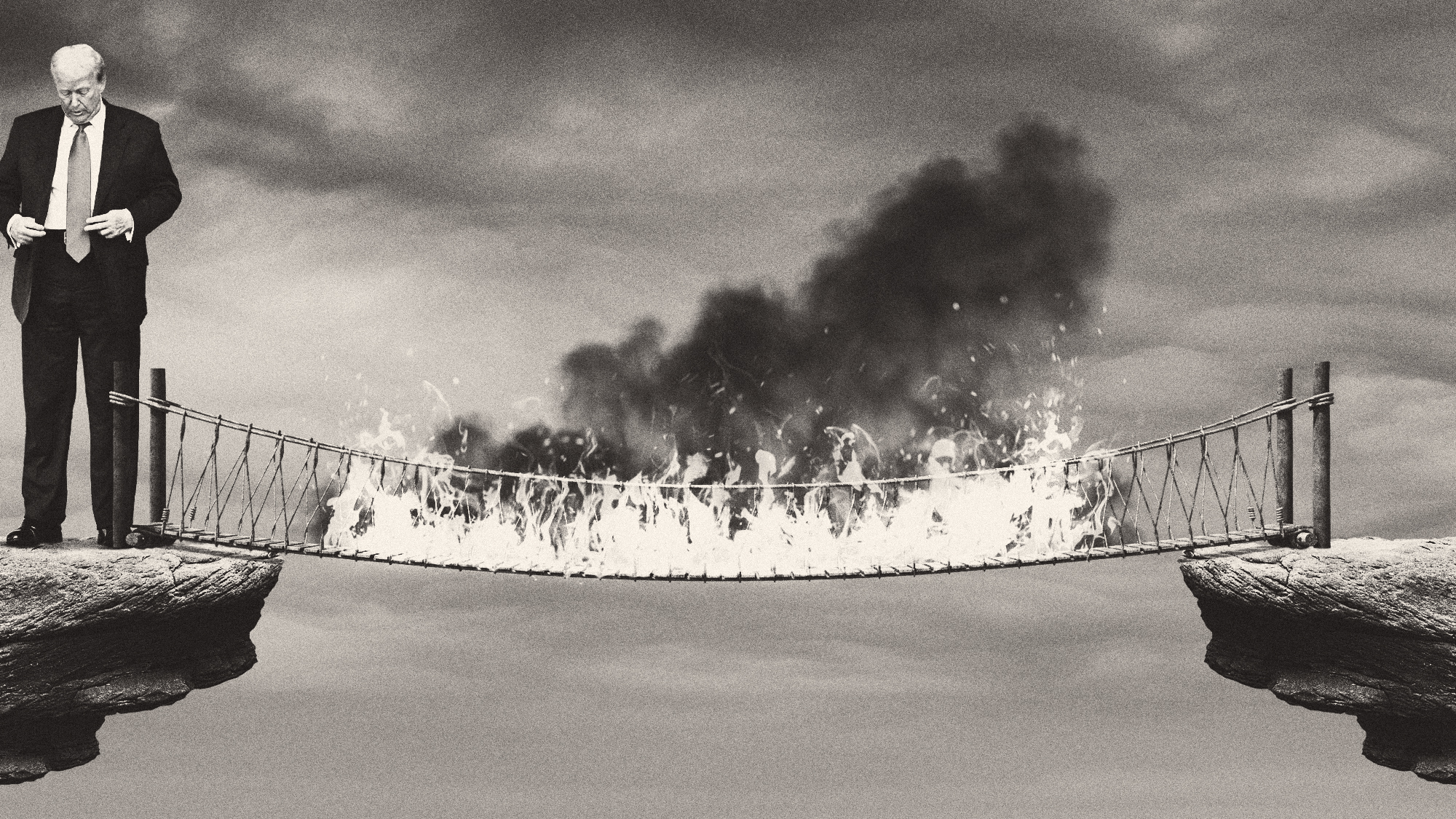 Did Trump just end the US-Europe alliance?
Did Trump just end the US-Europe alliance?Today's Big Question New US national security policy drops ‘grenade’ on Europe and should serve as ‘the mother of all wake-up calls’
-
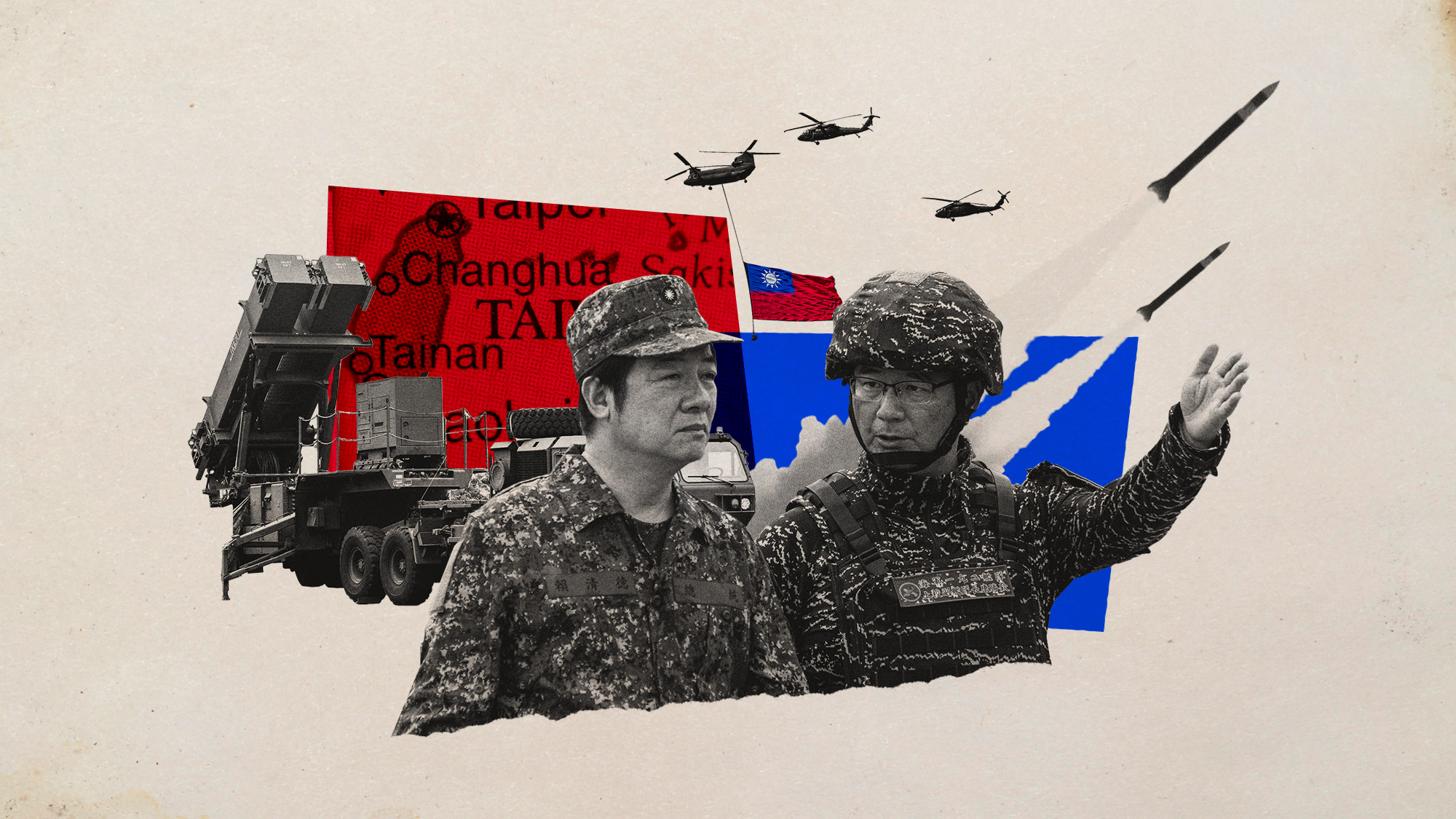 Taiwan eyes Iron Dome-like defence against China
Taiwan eyes Iron Dome-like defence against ChinaUnder the Radar President announces historic increase in defence spending as Chinese aggression towards autonomous island escalates
-
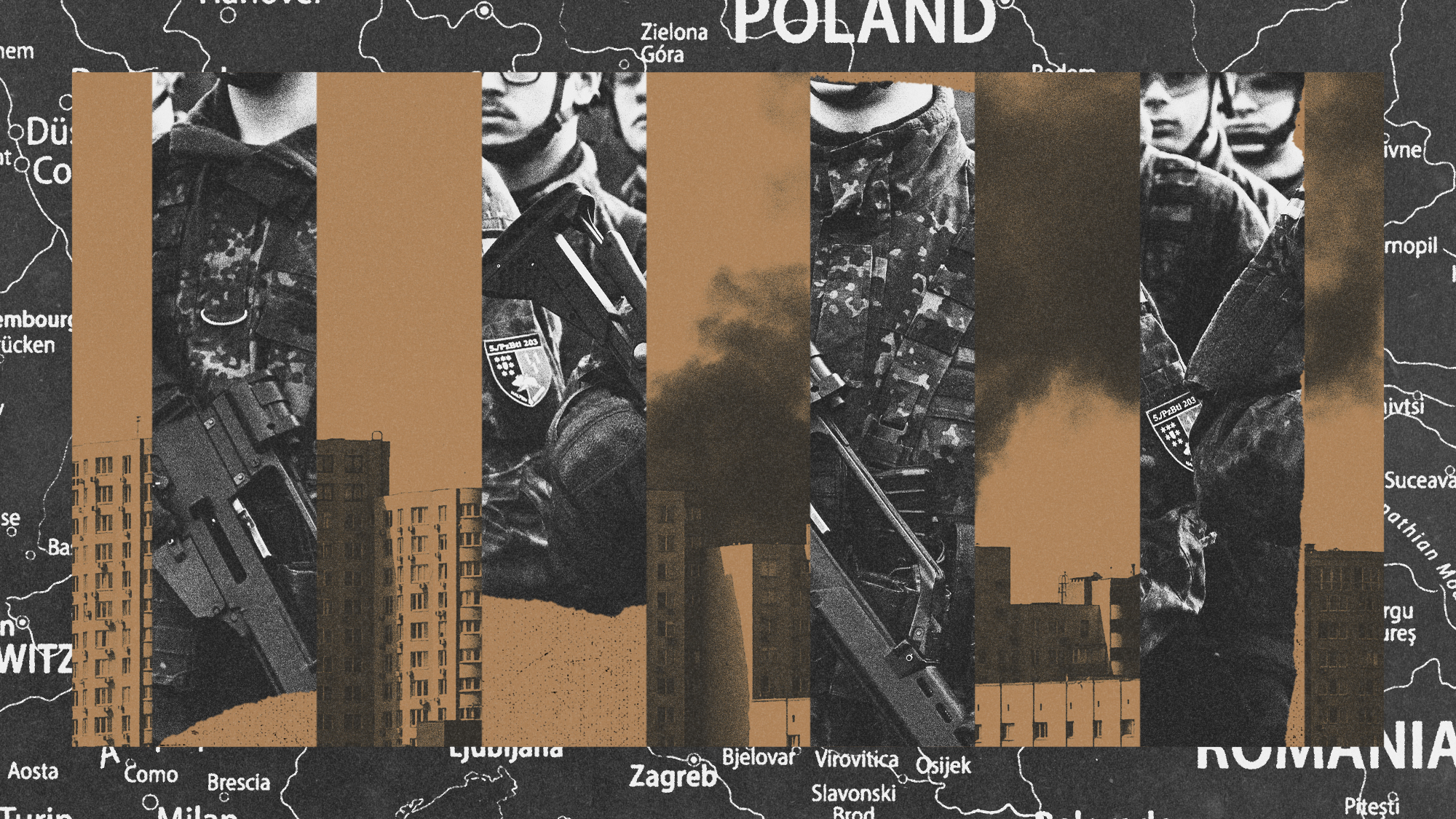 Is conscription the answer to Europe’s security woes?
Is conscription the answer to Europe’s security woes?Today's Big Question How best to boost troop numbers to deal with Russian threat is ‘prompting fierce and soul-searching debates’
-
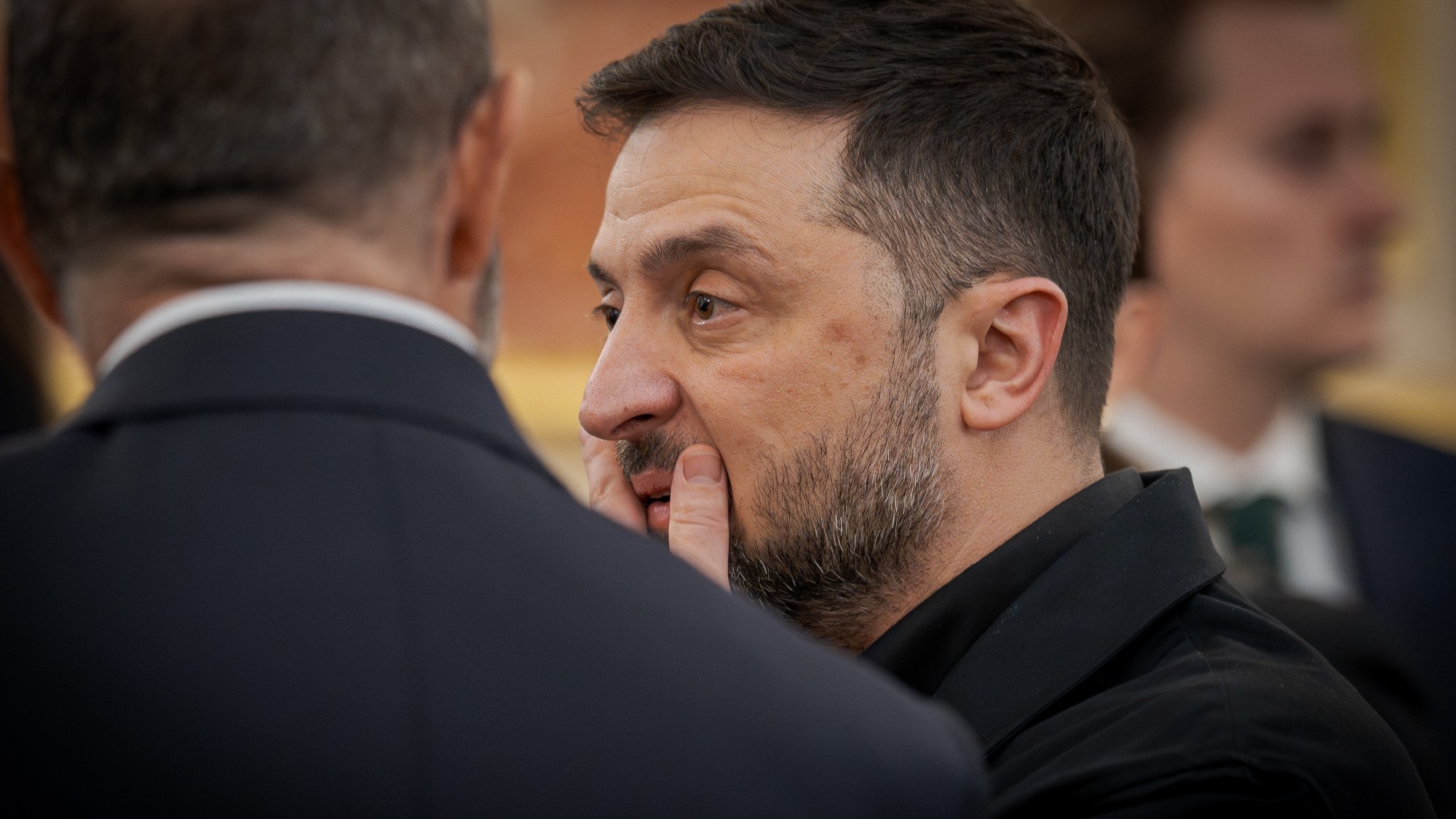 Trump peace deal: an offer Zelenskyy can’t refuse?
Trump peace deal: an offer Zelenskyy can’t refuse?Today’s Big Question ‘Unpalatable’ US plan may strengthen embattled Ukrainian president at home
-
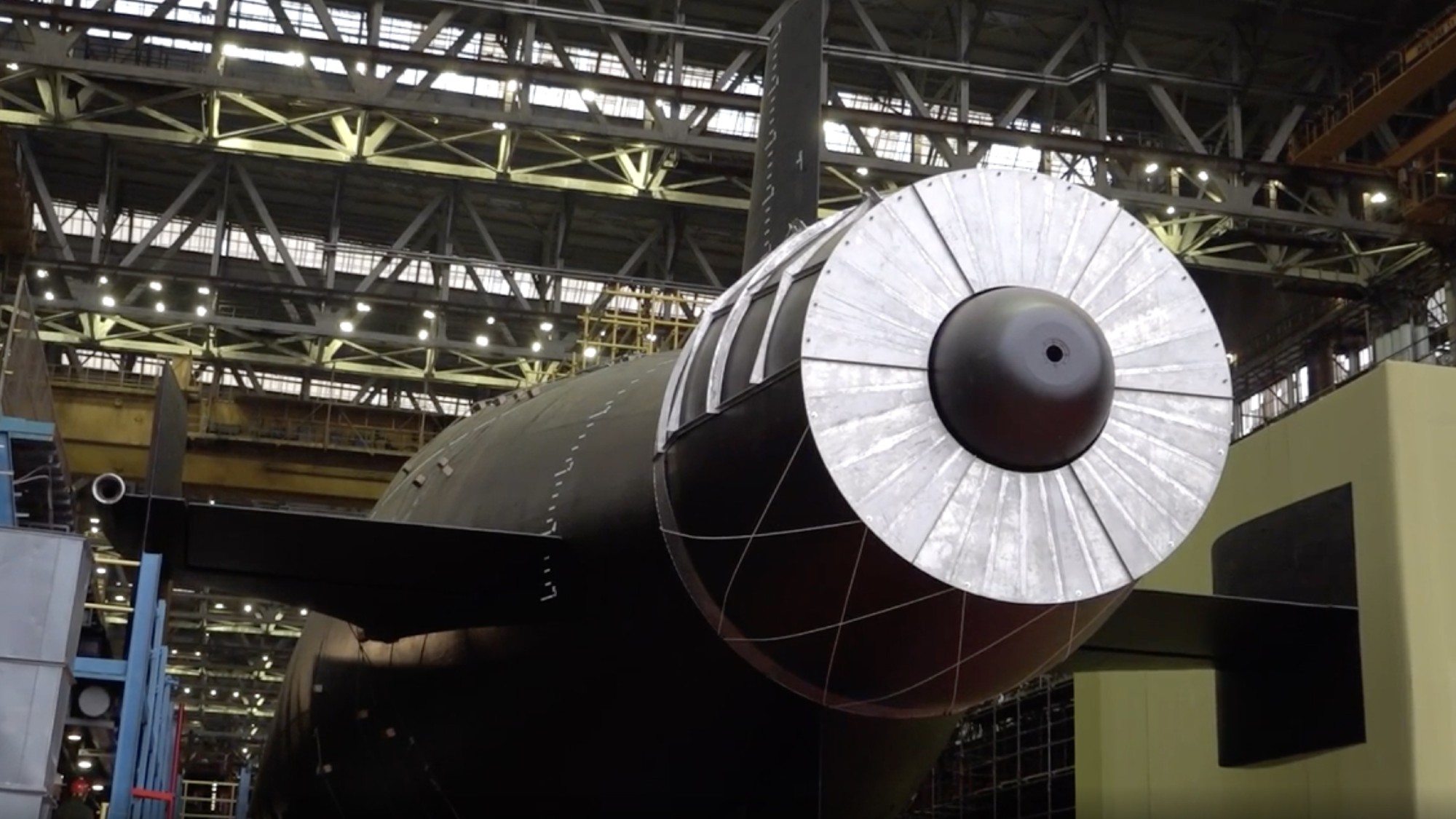 Vladimir Putin’s ‘nuclear tsunami’ missile
Vladimir Putin’s ‘nuclear tsunami’ missileThe Explainer Russian president has boasted that there is no way to intercept the new weapon
-
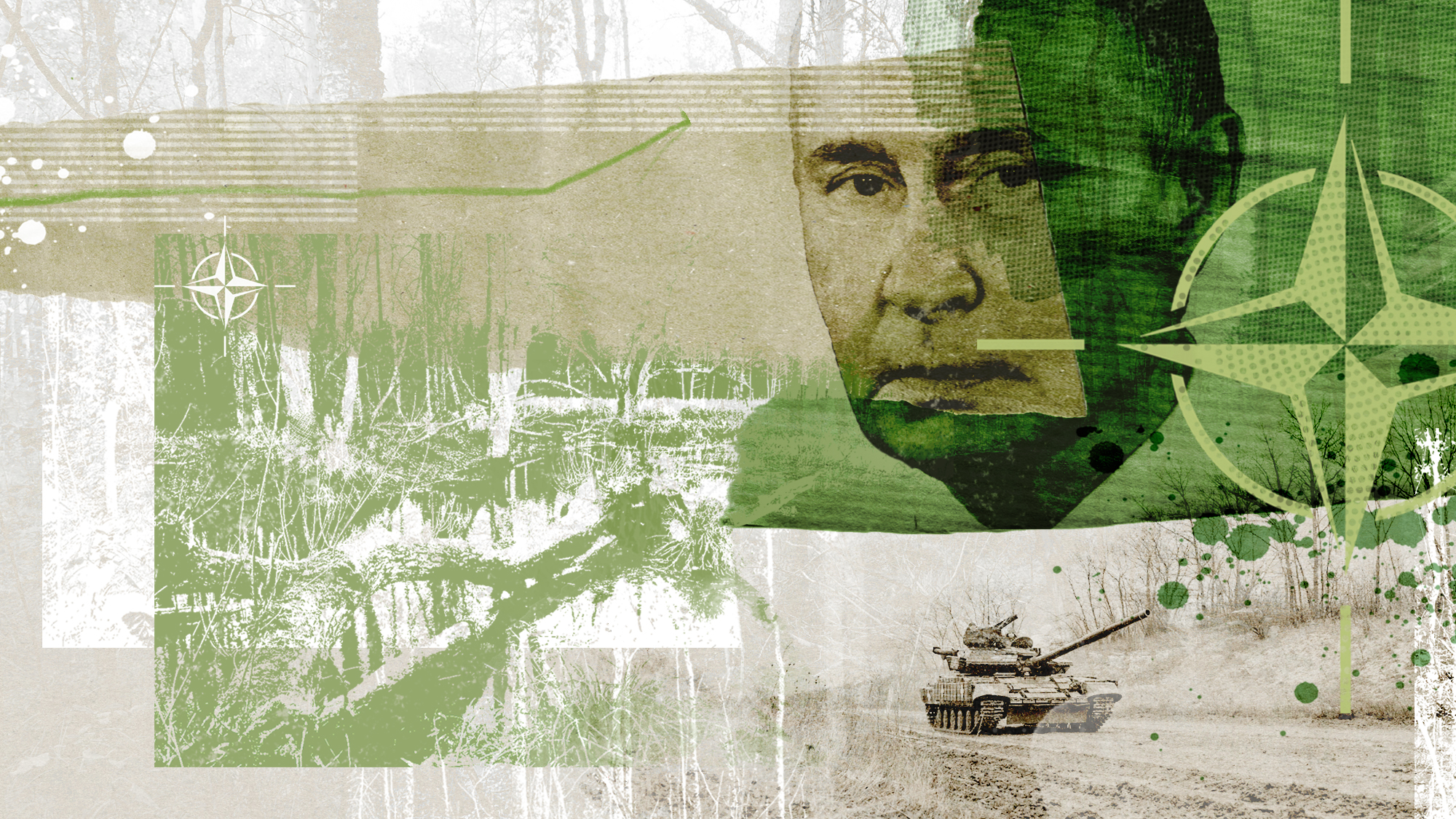 The Baltic ‘bog belt’ plan to protect Europe from Russia
The Baltic ‘bog belt’ plan to protect Europe from RussiaUnder the Radar Reviving lost wetland on Nato’s eastern flank would fuse ‘two European priorities that increasingly compete for attention and funding: defence and climate’
-
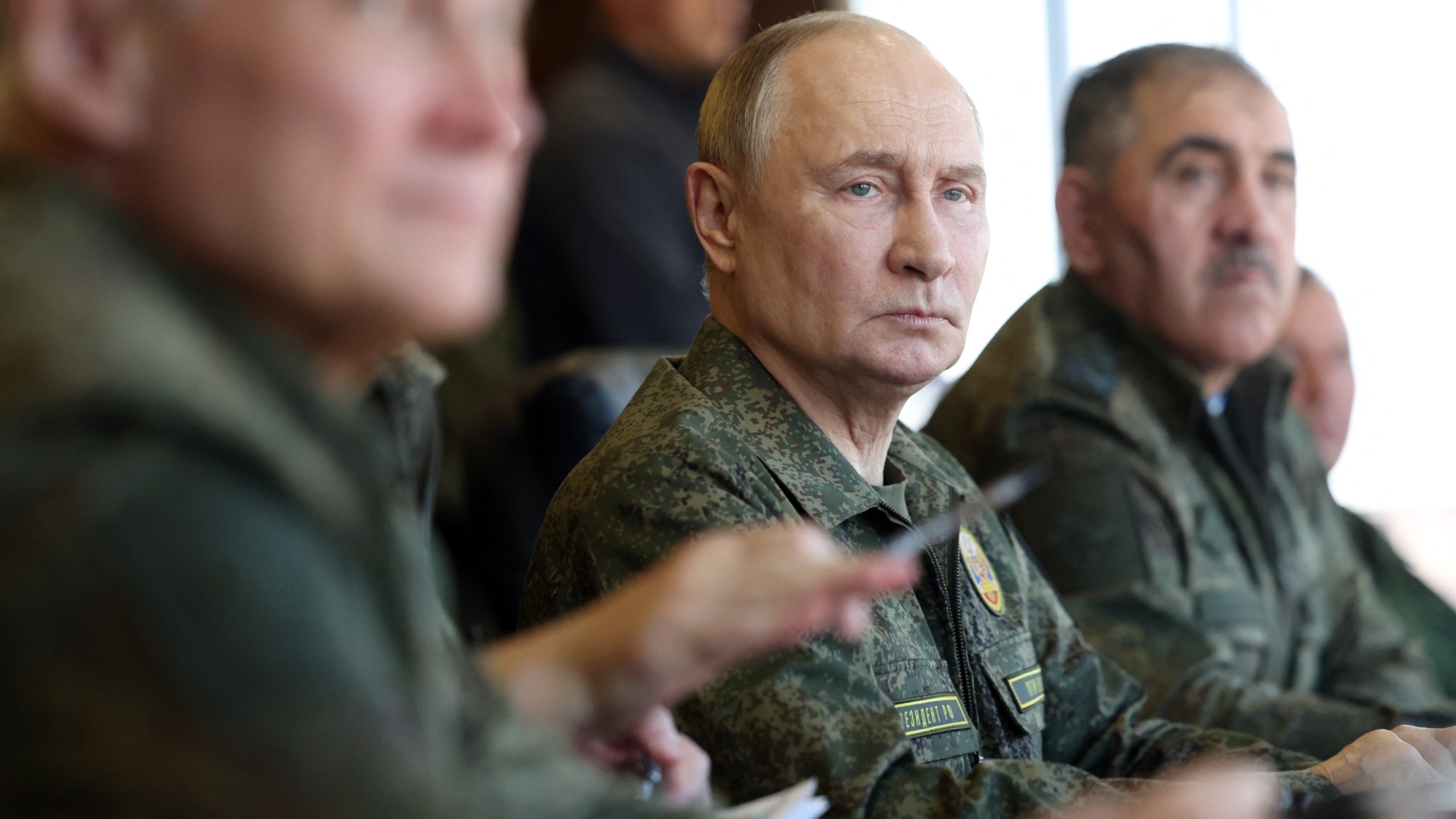 How should Nato respond to Putin’s incursions?
How should Nato respond to Putin’s incursions?Today’s big question Russia has breached Nato airspace regularly this month, and nations are primed to respond